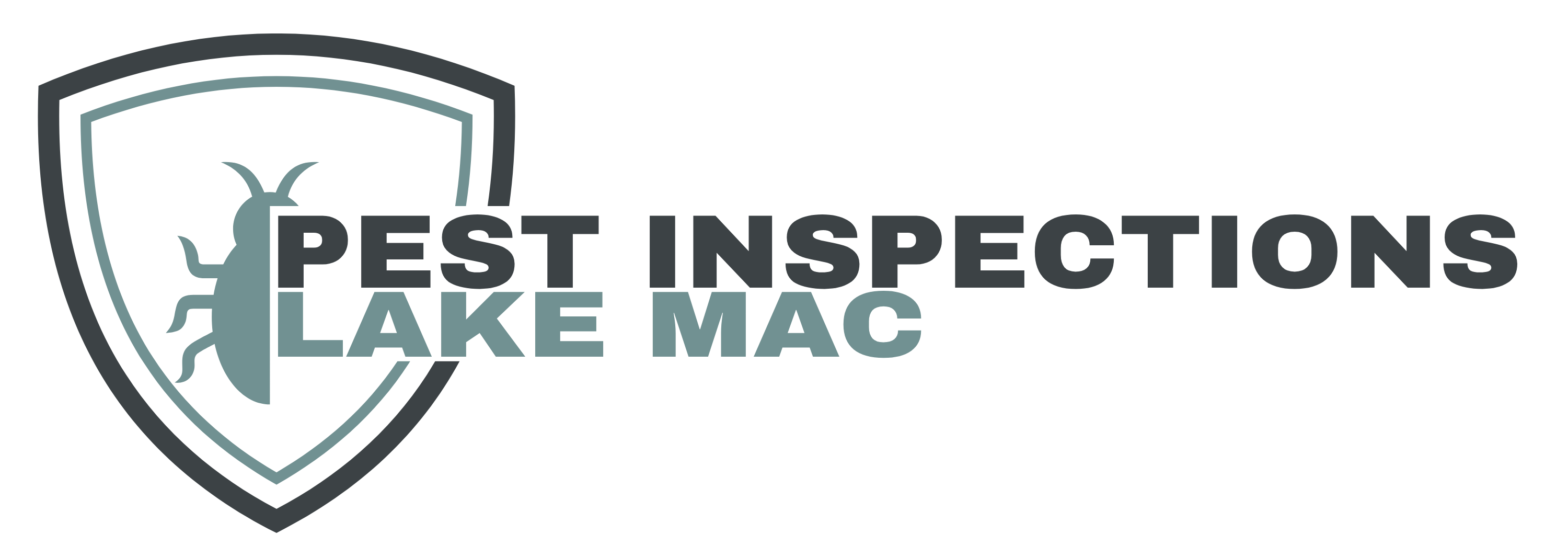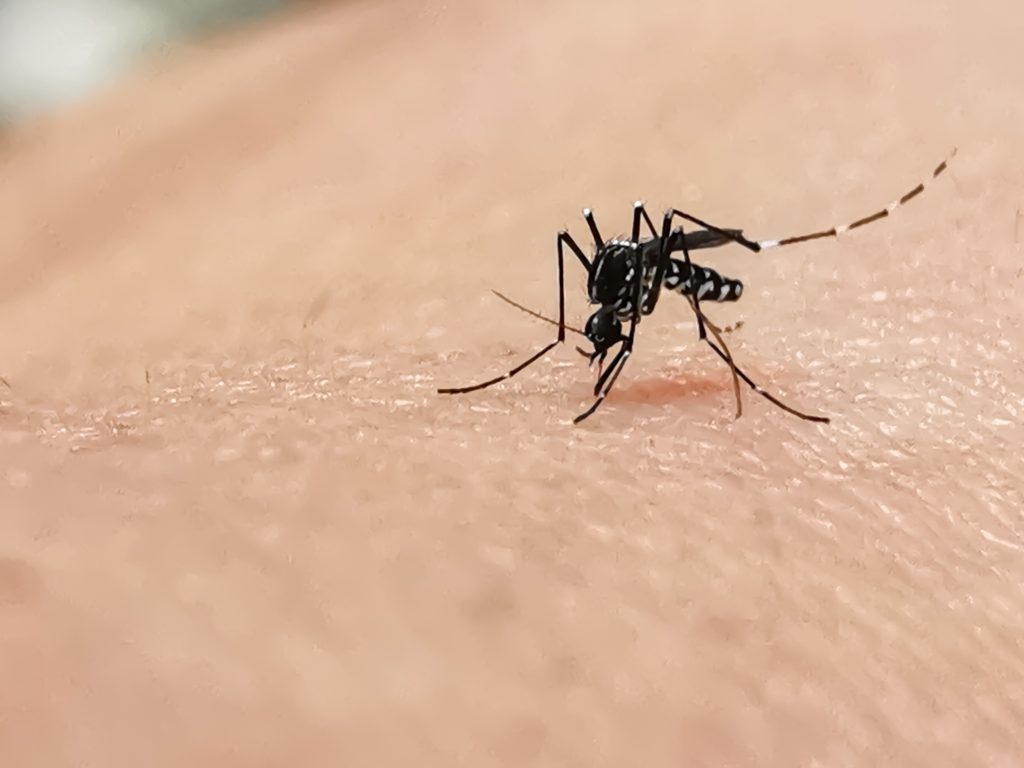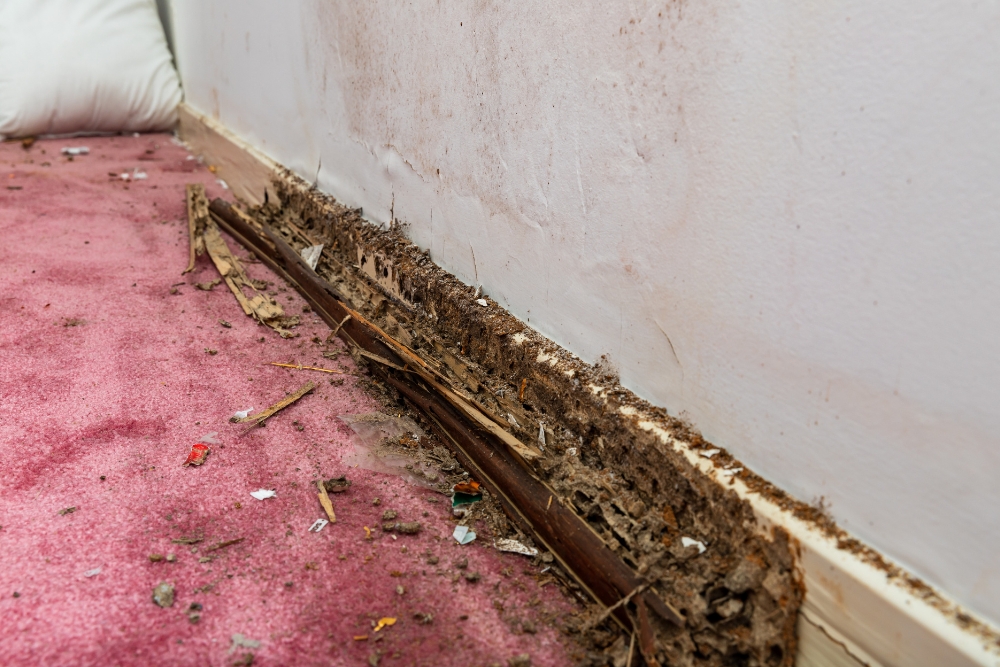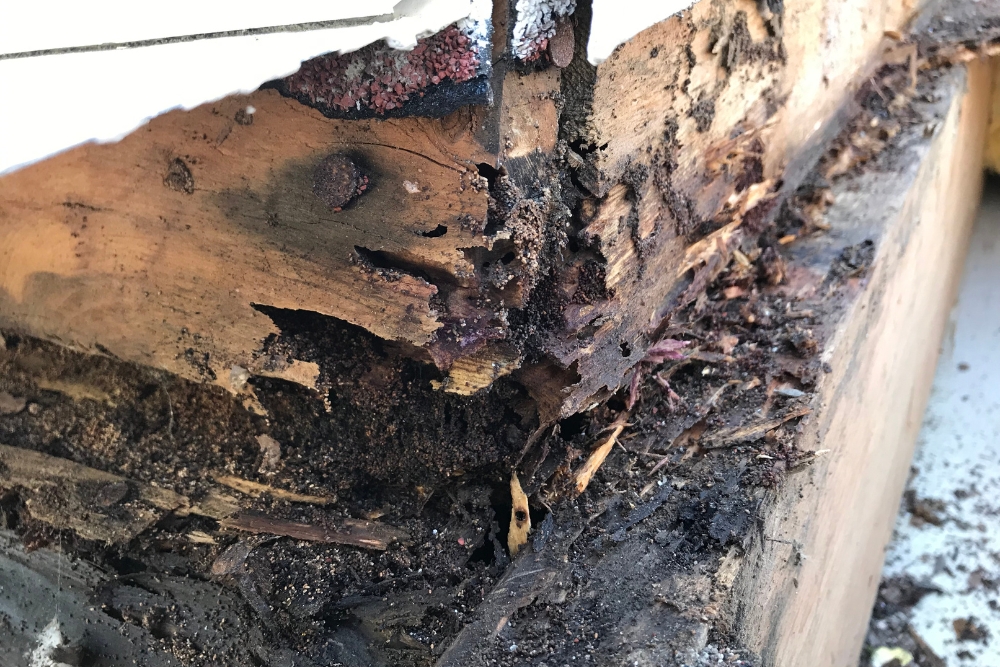Mosquitoes pose a significant threat to our health, spreading diseases like dengue fever and the Ross River virus. Controlling their populations is crucial for everyone’s safety.
Various types of mosquitoes have different breeding habits and live in distinct water bodies, making it essential to apply the right methods for effective control. Natural predators such as birds, fish, frogs, and dragonflies play a role in reducing mosquito numbers by feeding on them at different life stages.
Mosquito attraction to humans due to body heat, carbon dioxide, and specific smells highlights the importance of understanding their behaviour to make ourselves less appealing targets.
Taking measures like removing standing water around our homes and seeking professional pest management services can significantly decrease mosquito populations and protect us from the diseases they carry.
We’re about to uncover how we can combat this menace together. Keep reading!
Key Takeaways
- Mosquitoes spread dangerous diseases like dengue fever and the Ross River virus. It’s very important to control their populations for everyone’s health.
- Different species of mosquitoes have various breeding habits and live in different types of water bodies, so it’s crucial to know which methods work best for controlling each type.
- Natural predators such as birds, fish, frogs, and dragonflies can help reduce mosquito numbers by eating them at different stages of their life cycle.
- People attract mosquitoes with body heat, carbon dioxide, and certain smells. By understanding this behaviour, we can take steps to make ourselves less appealing to these pests.
- Removing standing water around homes and using professional pest management services are effective ways to decrease mosquito populations and protect against diseases they carry.
Understanding the Mosquito Menace
Mosquitoes, despite their small size, pose a significant public health threat due to their ability to transmit a variety of vector-borne diseases, such as malaria, dengue fever, Zika virus, and West Nile virus, among others. These diseases can lead to severe health complications and, in some cases, fatalities, making the control of mosquito populations a critical public health endeavour.
Effective mosquito management involves a combination of strategies, including environmental modification to eliminate breeding sites, the use of insecticides, and community education to raise awareness about prevention methods.
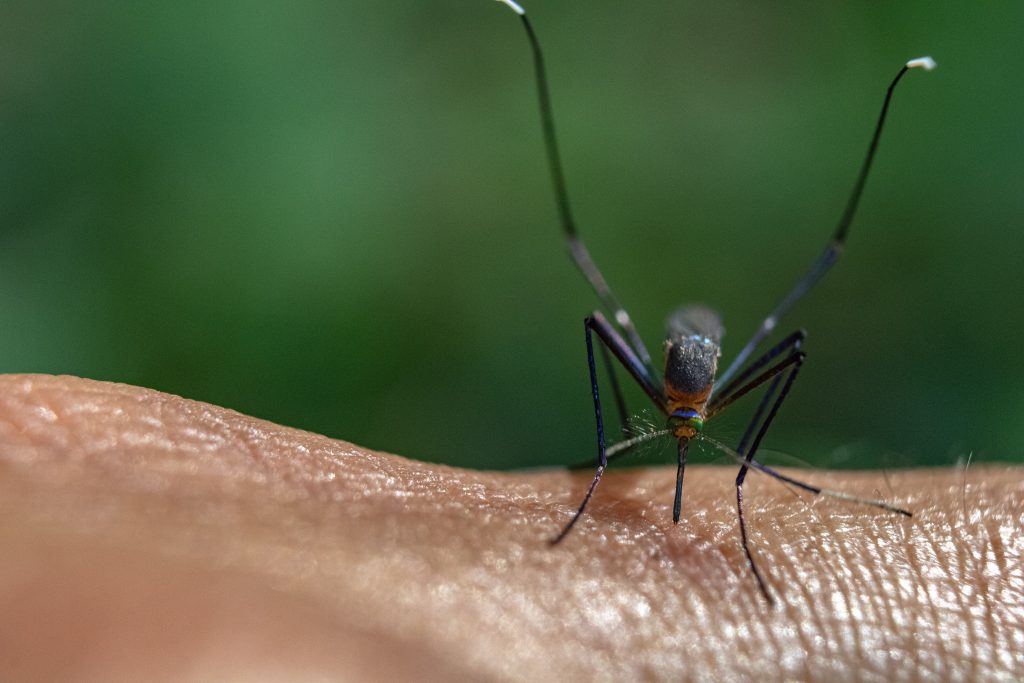
Moreover, advancements in research and technology are continuously being explored to develop innovative solutions for mosquito control and disease prevention. By understanding the mosquito menace and implementing comprehensive control measures, communities can significantly reduce the health risks associated with these pervasive pests.
Common mosquito types
Australians face a significant challenge with the mosquito menace, threatening both comfort and health. We’ve identified several mosquito species that are more than just a nuisance in our region.
- Aedes aegypti: This species is infamous for spreading dengue fever. It thrives in urban environments, breeding in stagnant water found around homes.
- Culex annulirostris: Known as the common banded mosquito, it’s a vector for the Ross River virus and West Nile virus among others. It prefers to breed in freshwater habitats.
- Aedes notoscriptus: Often called the Australian backyard mosquito, this species is a common pest in residential areas. It can spread dog heartworm and is known for its painful bites.
- Anopheles annulipes: This type plays a role in transmitting malaria in certain parts of the world. Here, while malaria is not a concern, this mosquito’s presence indicates potential health risks.
- Coquillettidia linealis: Less known but equally troublesome, this species can become a substantial nuisance because of its aggressive biting behaviour. It typically breeds in larger bodies of water like wetlands.
Each of these mosquitoes has unique behaviours and breeding grounds, making it crucial to tailor pest control measures effectively. Understanding their habits helps us develop strategies for reducing their populations and protecting our communities from the diseases they spread.
Pest management experts continue to work on innovative solutions to combat these pests and ensure public safety against the mosquito problem.
The importance of controlling mosquito populations
Controlling mosquito populations is crucial to safeguarding our health and well-being. Eliminating breeding grounds, such as stagnant water in birdbaths or clogged gutters, helps prevent the spread of mosquito-borne illnesses.
By taking proactive measures to reduce mosquito infestation, we contribute to creating a safer environment for everyone in our communities. Controlling mosquitoes is not only about pest eradication but also about protecting public health.
Effective Control Measures

Effectively managing mosquito populations requires a multifaceted approach that leverages collaboration with local authorities and the strategic use of natural predators, such as dragonflies and certain fish species, that feed on mosquito larvae. By understanding the behaviour patterns and attraction triggers of mosquitoes, such as water sources for breeding and carbon dioxide for feeding, we can tailor our control strategies more precisely.
This knowledge enables the deployment of targeted interventions, including the elimination of stagnant water bodies, the application of environmentally safe larvicides, and the introduction of natural deterrents to disrupt the mosquito life cycle.
Public education campaigns further complement these efforts, empowering communities with the knowledge to reduce mosquito breeding grounds on their properties and protect themselves from bites.
Altogether, these measures form a comprehensive defence against the spread of mosquitoes, significantly reducing their numbers and the associated risk of vector-borne diseases.
Partnership strategies with local authorities
Partnering with local authorities to address mosquito control ensures a coordinated effort to combat the menace. This collaborative approach involves:
- Sharing information on mosquito breeding sites and trends in local infestations
- Coordinating community education campaigns and outreach efforts
- Implementing targeted spraying and treatment programs in high-risk areas
- Collaborating on research and monitoring of mosquito populations and disease transmission
- Establishing efficient communication channels for reporting and addressing mosquito-related concerns
These strategies, when combined with community participation, can significantly reduce the impact of mosquitoes on public health and well-being.
Utilising natural predators
To combat mosquito populations, incorporating natural predators into pest control strategies is crucial. Here are effective ways to utilise natural predators:
- Introduce native fish species like Gambusia or Koi into standing water bodies to feed on mosquito larvae.
- Encourage bird populations by providing suitable habitats and food sources to attract insectivorous birds that consume adult mosquitoes.
- Employ amphibians such as frogs and tadpoles in garden ponds to help reduce mosquito populations naturally.
- Foster a habitat for dragonflies and damselflies, which are voracious predators of mosquitoes during their larval stage.
Utilising natural predators in pest control not only provides sustainable solutions but also promotes biodiversity and ecological balance within the local environment.
Mosquito behaviour and attraction
Utilising natural predators has proven to be effective in controlling mosquito populations, however, understanding mosquito behaviour and attraction is equally crucial. Mosquitoes are attracted to carbon dioxide, body heat, and certain odours emitted by humans and animals.
These insects seek out standing water for breeding, making it essential to eliminate any sources of stagnant water around homes and properties. Understanding these behaviours can inform strategic pest control measures.
Homeowners may unknowingly attract mosquitoes through the use of scented body products or by leaving outdoor lights on at night. Building Inspectors and Pest Inspectors should advise property owners on implementing preventative measures such as removing standing water, using insect repellent when outdoors, and installing screens on windows and doors.
The Link Between Mosquito Bites and Diseases
Mosquito bites transcend beyond mere itchy annoyances; they serve as vectors for the transmission of a range of severe diseases, highlighting the critical importance of understanding and preventing bites. Research has shown that mosquitoes exhibit preferences for certain blood types, a factor that could influence the spread of diseases.
Additionally, the way arboviruses, such as dengue, Zika, and West Nile virus, are transmitted through mosquitoes’ immune systems to humans underscores the complex interaction between these pests and public health. This knowledge is pivotal in devising strategies for disease prevention, focusing on reducing mosquito populations and limiting human exposure to bites.

By targeting the unique behaviours and biological processes of mosquitoes, health authorities and researchers can work towards more effective control measures and educational campaigns, substantially minimising the risk of mosquito-borne diseases within communities.
Blood types and mosquito biting preferences
We often hear about the link between blood types and mosquito-biting preferences, and there’s quite a bit of truth to this. Different mosquitoes are drawn to different blood types due to the chemicals found on our skin. We’ve laid out a quick guide in a table format to help Australians, from homeowners to pest inspectors, understand which blood types might attract more mosquitoes.
| Blood Type | Attraction Level | Reasons |
|---|---|---|
| Type O | High | Research indicates that individuals with Type O blood are more attractive to mosquitoes than those with other blood types. |
| Type A | Medium | People with Type A blood are less attractive to mosquitoes compared to Type O, but more so than Type B and AB. |
| Type B | Low to Medium | Type B blood ranks somewhere in the middle in terms of mosquito attraction. |
| Type AB | Low | Those with Type AB blood are the least likely to be targeted by mosquitoes. |
This table shows a clear pattern indicating that mosquitoes have preferences based on the blood type of their targets. Understanding this can help us take a more informed approach to preventing mosquito bites and controlling their populations within our communities.
Arboviruses and the mosquito immune system
Transitioning from understanding mosquito biting preferences to the complexities of arboviruses and the mosquito immune system, it’s essential to recognise that mosquitoes play a significant role in disease transmission.
Mosquitoes are capable of transmitting various arboviruses like dengue fever, chikungunya, and Zika virus through their bites. The mosquito immune system serves as a pivotal factor in determining the transmission efficiency of these viruses. Understanding how the mosquito immune system responds to arbovirus infections underscores the necessity for effective pest control measures.
Mosquitoes possess an intricate immune response that can impact their ability to transmit diseases. When infected with arboviruses, mosquitoes activate their immune defence mechanisms, which influence the replication and dissemination of viruses within their bodies.
Home Solutions for Mosquito Control
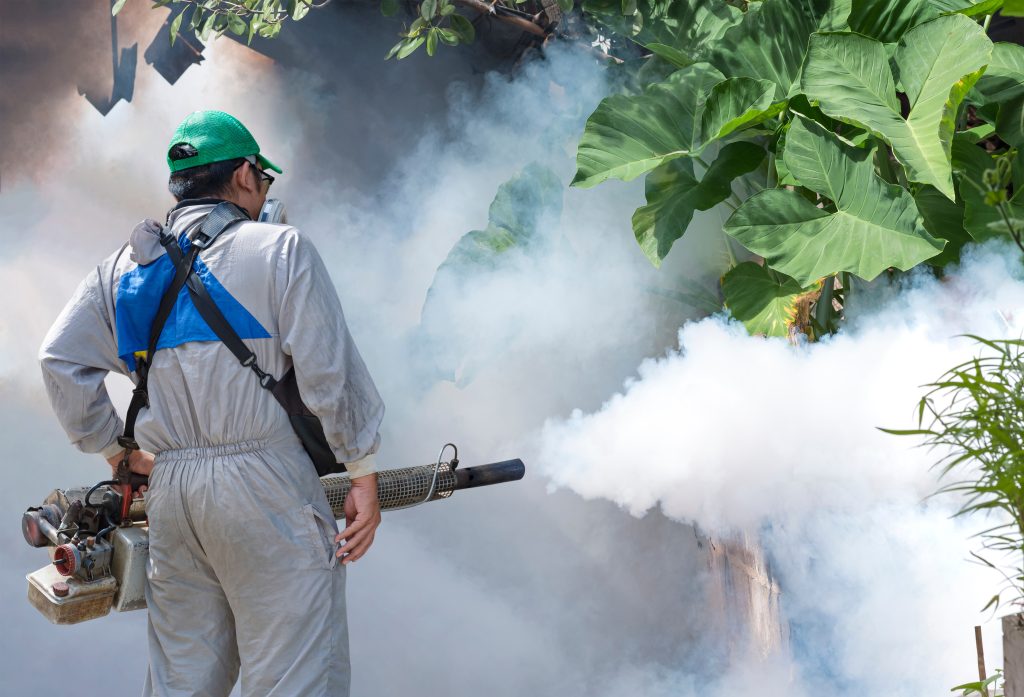
Home solutions for mosquito control are essential for creating a comfortable and safe environment, free from the nuisance and health risks associated with these pests. DIY methods, such as removing standing water sources where mosquitoes breed, installing screens on windows and doors to prevent indoor entry, and using natural repellents like citronella candles, can significantly deter mosquito activity in and around your home.
Incorporating plants known for their mosquito-repelling properties, such as lavender and marigold, into your garden or balcony can also contribute to a mosquito-free space.
For more persistent or widespread problems, seeking professional pest management services offers a comprehensive solution, with experts utilising specialised techniques and products to target and reduce mosquito populations effectively.
By combining these household strategies with professional interventions when necessary, homeowners can achieve substantial control over mosquitoes, ensuring their outdoor activities are more enjoyable and their living spaces remain healthy.
DIY methods
To keep mosquitoes at bay, consider the following DIY methods for pest control. Here are some tips:
- Remove standing water from buckets, gutters, and flower pots.
- Use mosquito repellents and citronella candles when outdoors.
- Install screens on windows and doors to prevent mosquitoes from entering your home.
- Keep your garden well-maintained and trim overgrown vegetation.
- Use mosquito nets around beds for added protection while sleeping.
- Utilise insecticide sprays or foggers in outdoor areas to reduce mosquito populations.
- Consider planting mosquito-repelling plants such as lavender, marigolds, or citronella in your garden.
These simple DIY methods can help in managing and controlling mosquitoes around your property.
Professional pest management services
When DIY methods aren’t enough to combat insect invasions, professional pest management services provide tailored solutions for eradicating pests. These experts employ meticulous techniques to identify and eliminate breeding grounds, preventing infestations in homes and buildings.
Their pest prevention strategies not only eradicate existing threats but also protect against future infestations. Investing in professional pest management services ensures that your property remains free of health threats posed by pests like mosquitoes and ants.
Insect control professionals can pinpoint the ever-changing complexities of mosquito behaviours, ensuring a bespoke approach to eradicating these disease-carrying pests from both residential and commercial properties.
Pest removal specialists utilise their expertise to navigate the realm of insect eradication with tailored solutions designed to enhance the well-being of homeowners and building occupants.
Call Us!
In tackling the challenge presented by mosquitoes, professional pest inspections emerge as a critical tool alongside practical solutions, highlighting that effective control measures vastly diminish insect infestations. Have you explored integrating natural predators into your surroundings or enlisting professional help for comprehensive pest extermination?
What about employing DIY methods to address mosquito breeding grounds directly on your property? These approaches yield efficient outcomes and emphasise the value of proactive pest management within our communities.
As homeowners and through professional pest inspections, we’re empowered to take decisive steps against the mosquito menace, paving the way for a safer and more pleasant living space.
